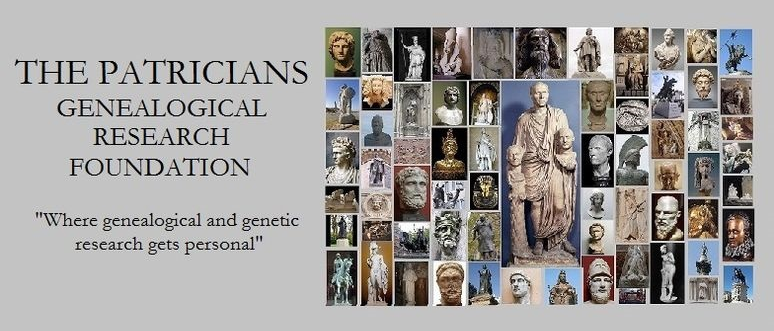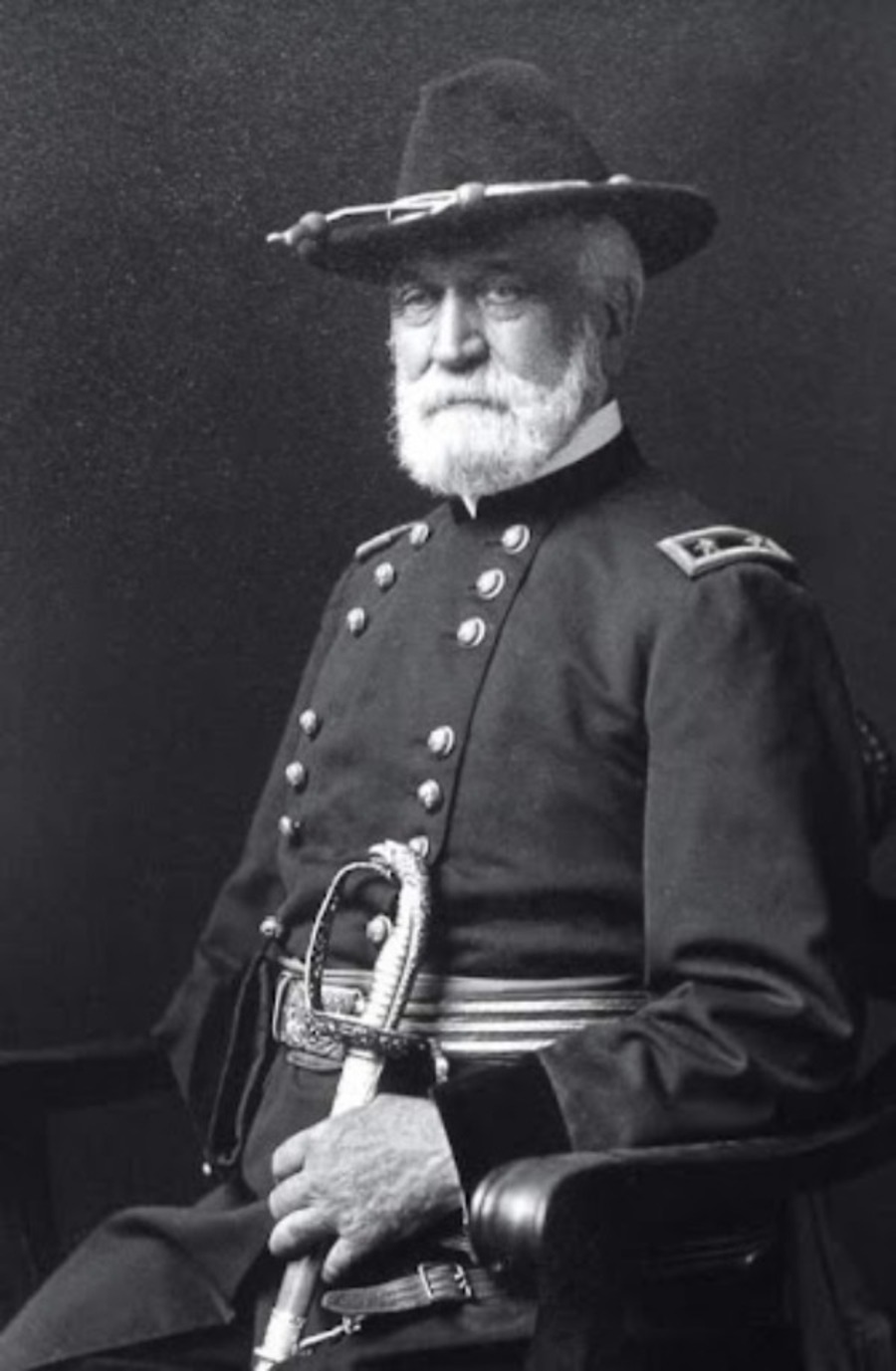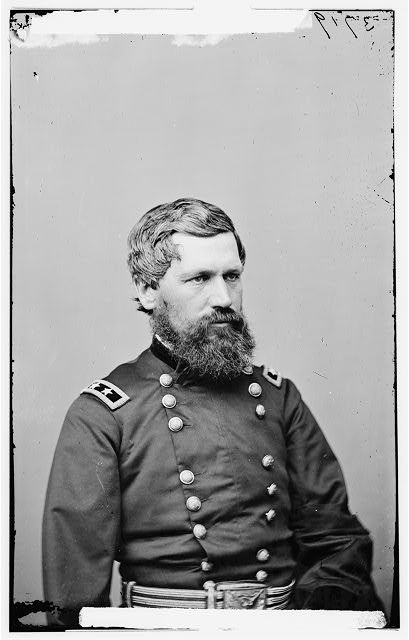
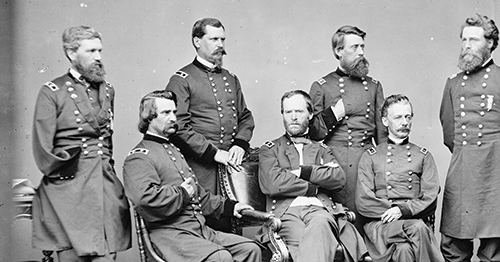
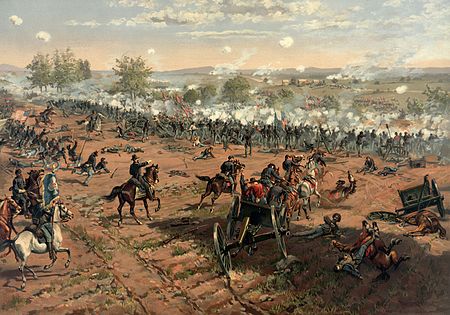
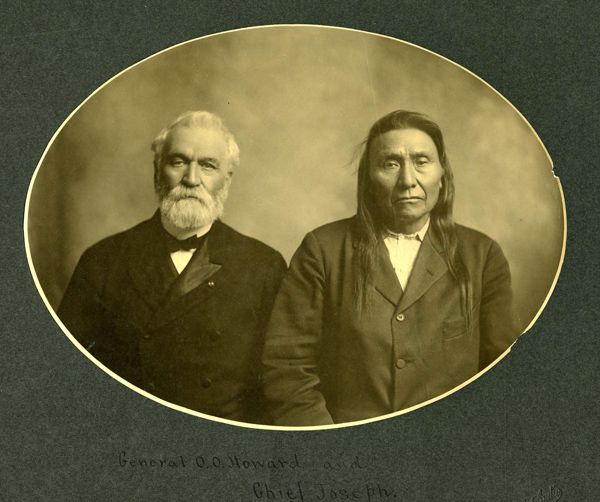
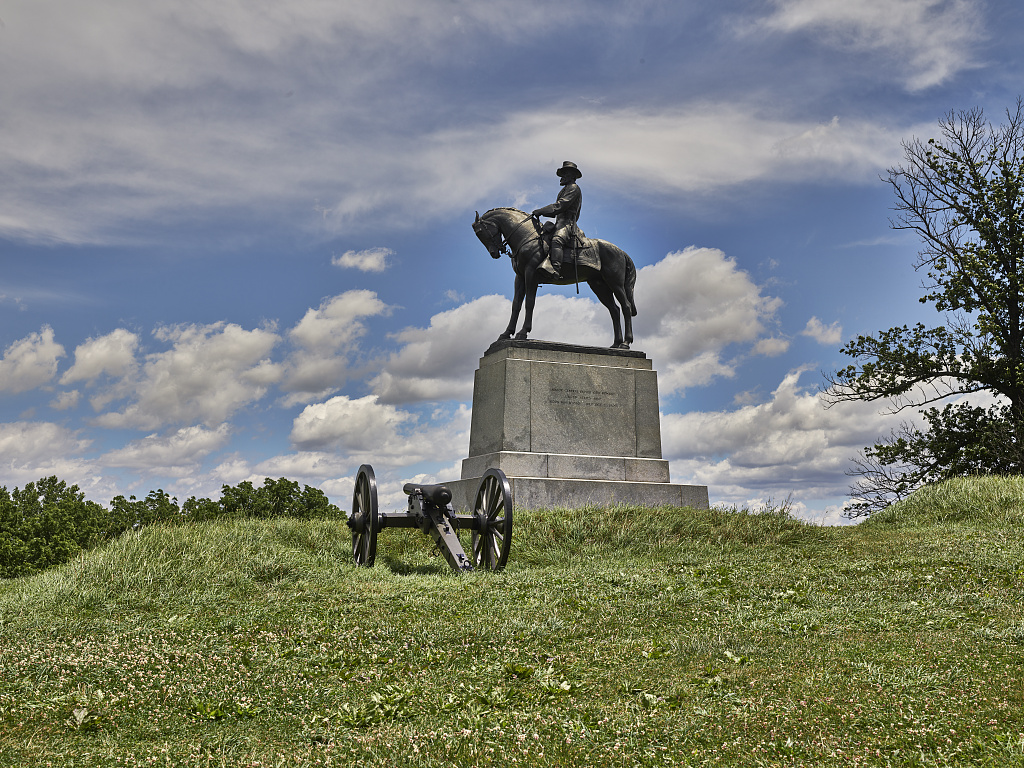
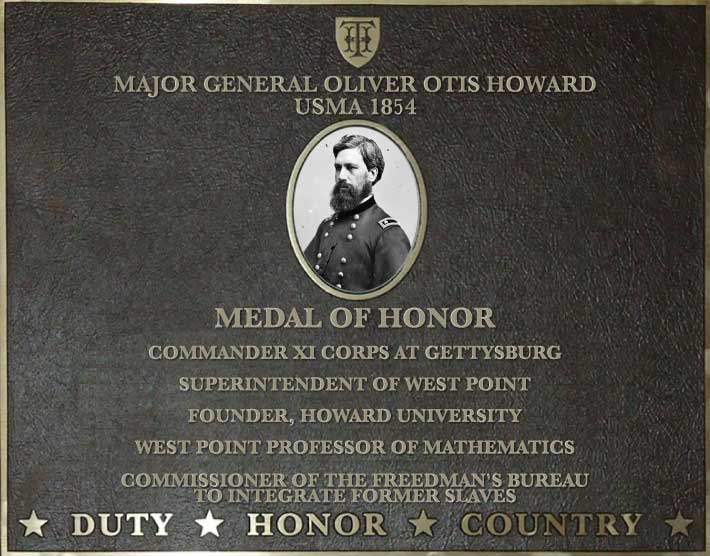
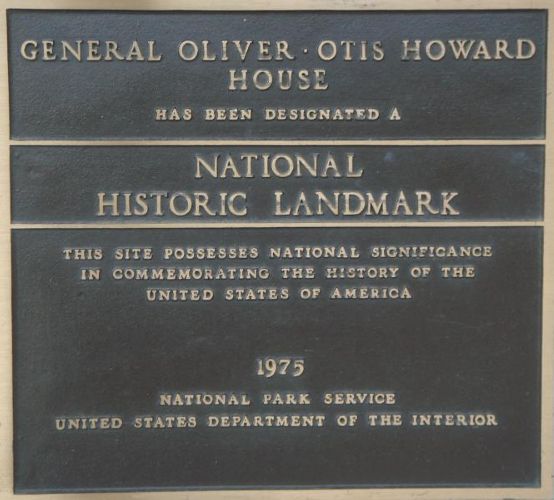
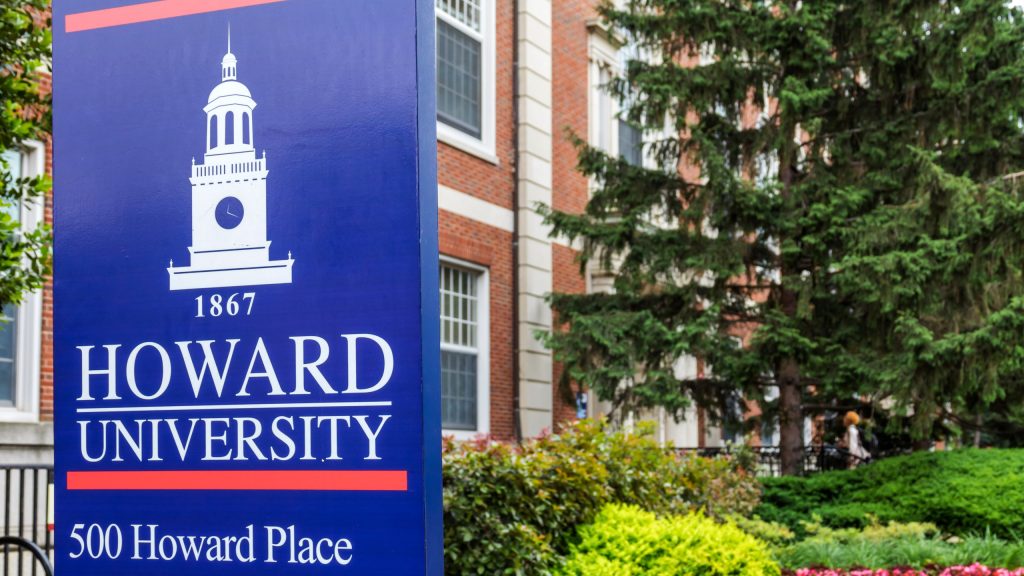
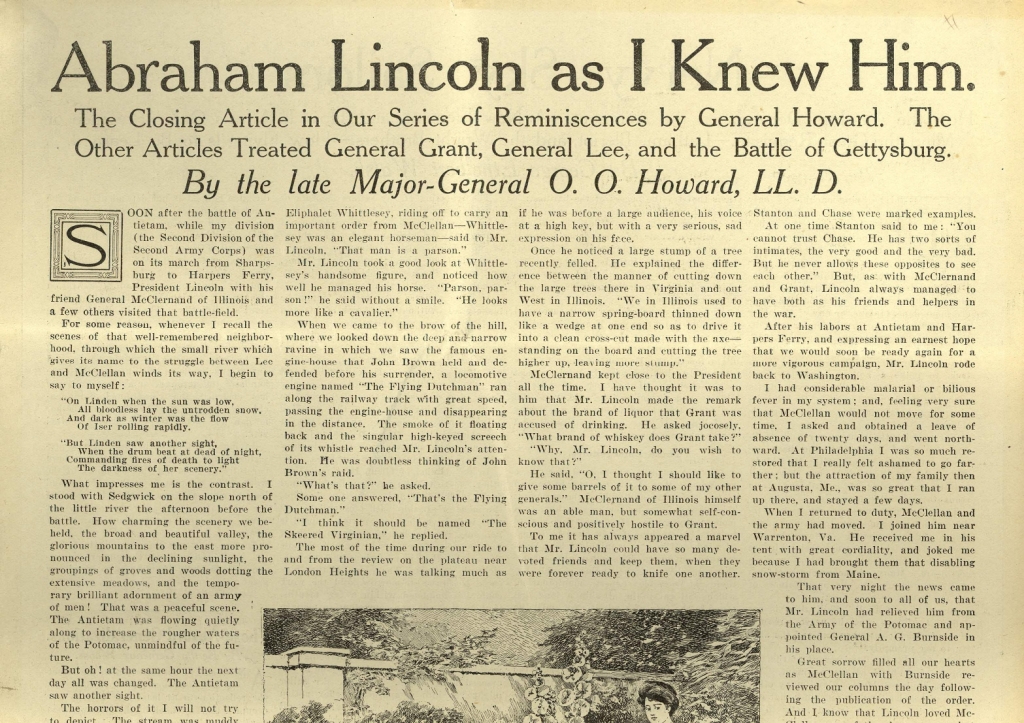
American author Ambrose Bierce (1842 – 1914), who served under General Howard as a major, once sardonically commented that he remained a “consummate master of the art of needless defeat.” Indeed, most historical military reviews of his early performance as a battlefield commander characterize his effectiveness as “spotty”. Perhaps the “Christian General” lacked the leadership skills and pure savagery of command his peers exhibited, such as William Tecumseh Sherman and Ulysses S. Grant. By the time Sherman took Atlanta in July 1864, however, he appeared to have redeemed himself to the extent that he was given the command of the Army of Tennessee. During Sherman’s conclusive March to the Sea and through the Carolinas, he served with distinction on his right flank. In his memoirs, Sherman commended the Christian General as a commander of “the utmost skill, nicety, and precision.”
While nowhere near the zeal of Abolitionist Captain John Brown (1800 – 1859), he regularly publicly expressed open support of emancipation before the outbreak of the Civil War. After its conclusion, he was appointed the first Freedmen’s Bureau commissioner which was created as the principal social welfare initiative during the Reconstruction period. Poorly funded from its inception, the initial relief aid effort provided meals to millions of destitute blacks and whites, started educational programs, and opened the possibility of civil rights reforms in the future. The Christian General, though proven to be an unqualified administrator of the program, founded Howard University with federal funds he managed to procure. The bureau eventually evolved as America’s first federal public welfare agency.
Abraham Lincoln (1809 – 1865) Lawyer, U.S. Congressman, 16th U.S. President
Hiram Ulysses Simpson Grant (1822 – 1885) 18th U.S President
William Tecumseh Sherman (1820 – 1891) Union Army General
General Robert Edward Lee (1807 – 1870) Commander of the Confederate States Army
U.S. Army Lt. Caspar Wever Collins (1844 – 1865) Cartographer, Slain by Red Cloud
Historically Noted Military Commanders
University Founders and Benefactors
Related ancestral blog articles
Agnatic descendant of Duke John Howard, KG (1421 – 1485) Earl Marshal, Lord Admiral
SOURCES
Congressional Medal of Honor Society – Oliver Otis Howard
Oliver Otis Howard – General in the Civil War, Reconstruction, and Indian Wars
Freedmen’s BureauOliver Otis Howard: Westward, Christian Soldier
Thunder in the Mountains: Book Explores Clash between Two American Legends
The Oliver Otis Howard Papers Online
THE CIVIL WAR GENERAL WHOSE GODLY “MISSION” WENT ASTRAY
ARTICLES AND STATEMENTS BY AND ABOUT GENERAL HOWARD
The Patricians, A Genealogical Study – Ebook Editions US$5.95
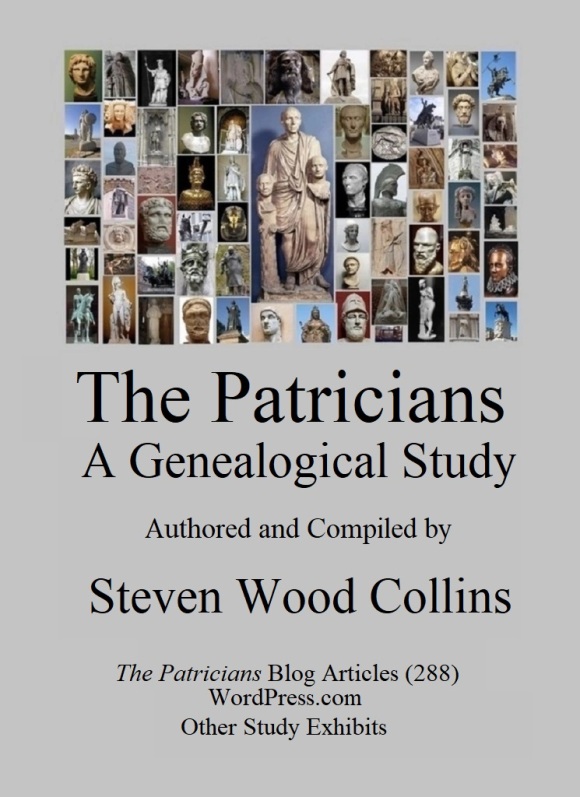
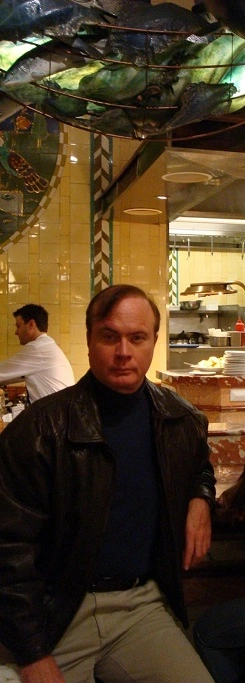
Steven Wood Collins (1952 – ) Antiquarian, Genealogist, Novelist
